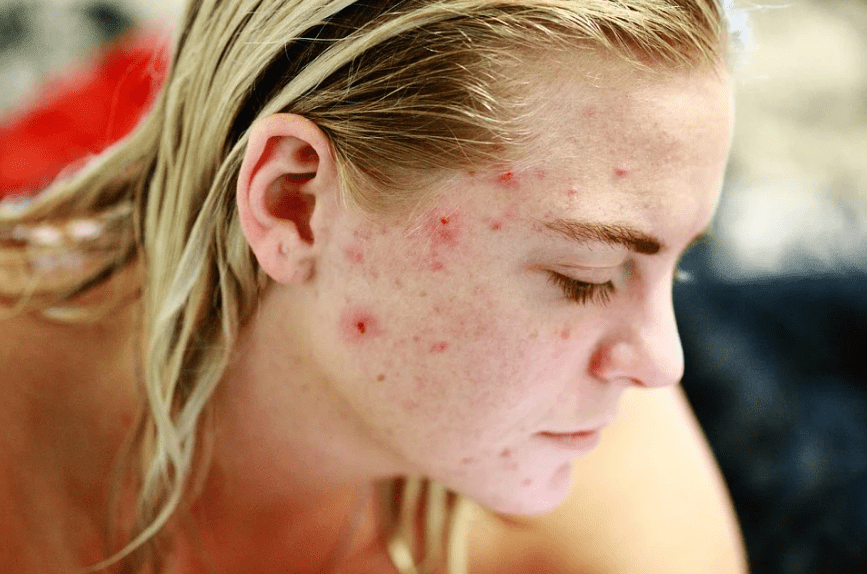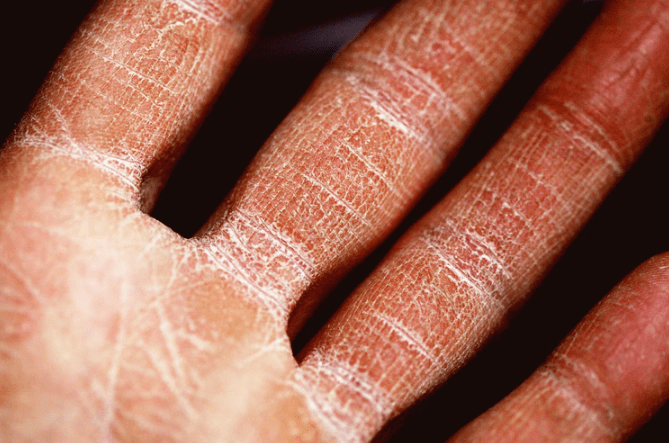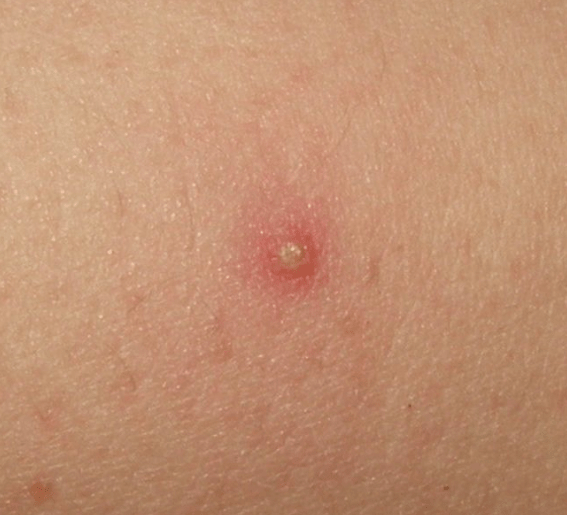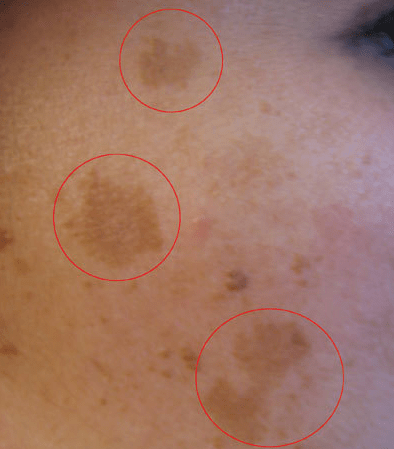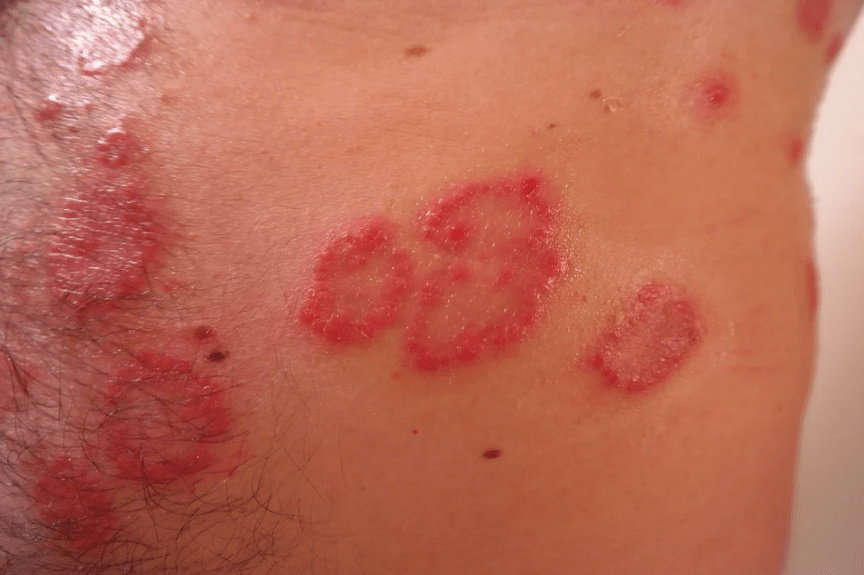Summer is all fun and glory while you bask in the sun at the beach with the best company ever. But the moment your skin starts to itch badly, your pores clog, or your skin breaks out into the worst acne ever, all the fun crumbles down to nothing but worry. This is nothing uncommon or something that might exclusively happen to you only. Long exposure to the sun and its harmful rays can leave a temporary or sometimes permanent impact on your skin.
It would be tons better if you knew all about the possible skin problems you can encounter while enjoying the summer out with your friends. In some cases, the need for medical attention cannot be avoided. In such cases, it is best to seek the medical advice of your dermatologist.
This article covers some very common skin problems that you can prevent.
1. Acne
This is probably one of the most common skin problems. It is mostly what you will find most people talking about when summer is approaching. Acne breakouts can be due to many internal issues, but they can get triggered or exacerbated when your skin is exposed to the sun for long. Sweating due to heat is the prime factor that contributes to acne breakout. High temperatures result in the opening of the pores wherein the sweat builds up and combines with dirt or germs.
All these factors are the prime ingredients of a perfect acne breakout. The pores trap germs, dirt, or other harmful substances and result in acne.
Prevention
The best and ideal way to prevent all the above from happening to your skin is to be very cautious about it. You have to take care of it like a baby – wash it frequently with a mild face wash with soothing ingredients.
Try and avoid touching your face again and again when you are out, and know that your hands are dirty. This will prevent the transfer of bacteria from your hands to your face. Moreover, remember to stay as much hydrated as possible. A high water intake helps reduce the oil buildup under your skin. Do not wear sweaty clothes or any accessories without washing them properly.
2. Dry Skin
If you thought your skin can become dry only in winters, you need to renew your information. The sun also absorbs a lot of moisture from the skin, leaving it dry and brittle. You must have observed that this happens when you play or lie in the skin for too long.
Prevention
Keeping your skin hydrated and moisturized is the best you can do to avoid this kind of skin problem. Try and use a skin moisturizer with a soothing agent, such as aloe vera. Apply it freely on the exposed skin after washing yourself up thoroughly.
Also, as pools are the main attraction in summers, make sure that you take a shower soon after coming out of the pool so that all the impurities from sharing a pool with others and harsh chemicals are washed out. Pat yourself dry and generously apply your favorite moisturizer. This would not let your skin stay dry for long enough to end up in a brittle and dry mess.
3. Folliculitis
This is a skin condition wherein the tiny hair follicles are infected due to long exposure to the sun. These infected follicles then end up like pimples.
Prevention
Mild cases of folliculitis can easily be treated and prevented at home. If you encounter this condition, be sure to use a warm wet cloth to relieve the symptoms by applying the warm towel to the affected area. You can also drain the bumps by using a warm towel.
As a preventive measure, you can seek your doctor’s opinion and use hydrocortisone creams to decrease the itching. Over-the-counter antibiotics are also helpful in dealing with the infection. However, if the situation worsens, you should visit your dermatologist for assistance.
4. Melasma
Melasma also results from long exposure of skin to the sun. It is mostly characterized by brown or grey spots on the skin – generally known as the sunspots. They often appear at your neck too. Our skin’s pigmentation factor called melanin is greatly affected by the sun’s harmful UV rays. This is why long exposure to the sun causes an imbalance in melanin, resulting in some spots becoming darker or greyer.
Prevention
Hydroquinone is the most common treatment of this condition. It is a skin-bleaching agent that treats the spots when used regularly. The most common prevention is to balance your sun exposure – time your outdoor routine and activities so that it does not harm your skin. Using a sunblock that takes care of your skin and suits you is the best prevention ever.
5. Poison Ivy
If you are a hiking or camping champ, you know how summers are ideal for such activities. This increased exposure to various plants during hiking or camping can often result in an accidental brush that causes various skin problems such as poison ivy or sumac.
Prevention
The best and the most effective prevention, in this case, is to be wary of your surroundings. As this condition is exclusive to an accidental brush of your skin with ay harmful plants, it is best to cover up as much as possible with loose clothing. As soon as you are back home, take every piece of clothing off and wash it thoroughly with soapy water. In case of irritation, you should immediately try and soothe the spot with cold compresses, calamine lotion, or any topical corticosteroids.
6. Heat Rash
Blockage of sweat glands results in a skin rash and bumps on the skin that itches a lot. It goes away on its own usually, but you have to check the spots for any possible infections.
Prevention
The most appropriate step to preventing the development of heat rash is to wear light clothing. Wear something light and loose so that you generally feel cool and do not let your body become overheated. Try and work out a routine that allows you to exercise during the coolest time of the day.
7. Sunburn
Sunburn is the bummer that can ruin your outdoor summer plans. It can lead to severe pain and blistering. Sunburn can be of different degrees in different people.
Prevention
The best prevention from this condition is to use a water-resistant sunscreen. Choose the one that you know suits your skin. Use it generously on your skin.
8. Athlete’s foot
While many may think that this fungal infection can only be encountered by athletes, it is not the case. Anyone who has moist feet and then wears shoes for long hours can encounter this. The signs of this fungal infection include cracked or flaky skin. Often blisters appear on the sole.
Prevention
Try and wear open shoes, such as flip-flops or open sandals, in public pools or gym or locker rooms. Always make sure you dry your feet completely before wearing sneakers or shoes. Wash your feet when you get out of the pool so that all the harsh chemicals are washed away. If you develop this condition, refrain from sharing towels or linens with your family.
Know When to Call the Doctor
Any skin condition that does not go away in a few days while you keep treating it with home remedies or over-the-counter medications should be consulted by a dermatologist. If you have any prior skin condition, always consult your doctor before using any preventive creams or sunscreens. It is best to time your outdoor activities to lessen the hours your skin is exposed to the sun.


